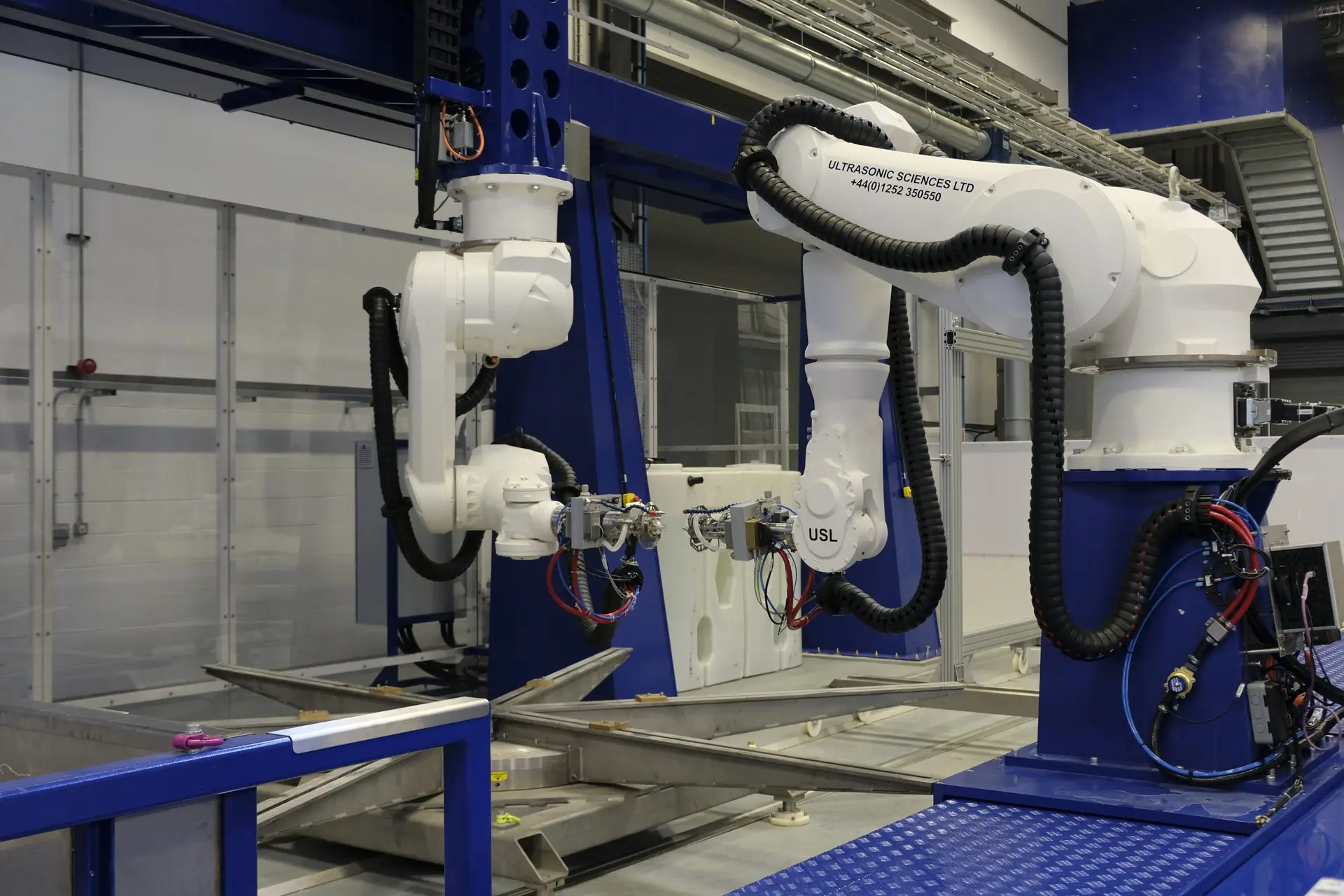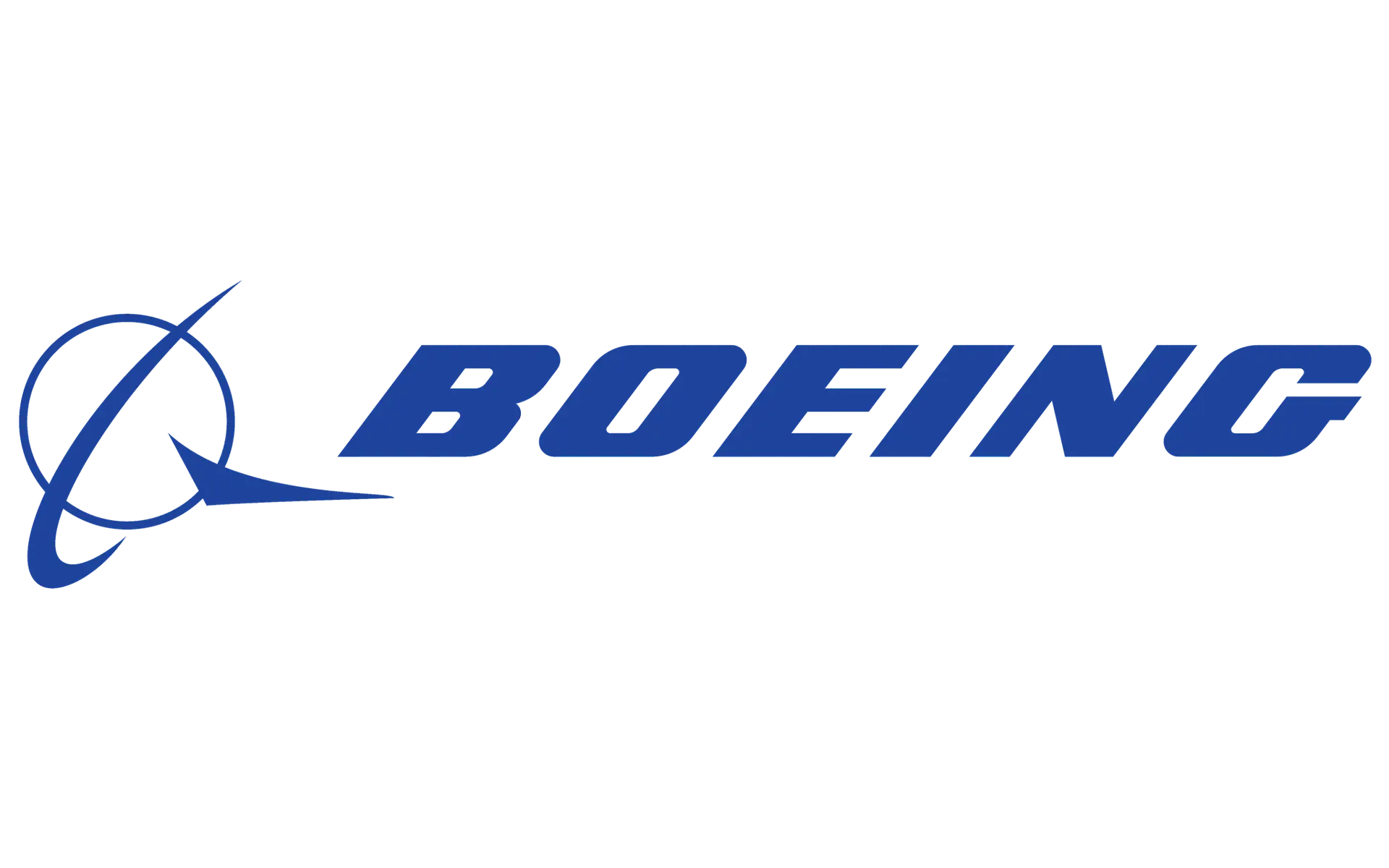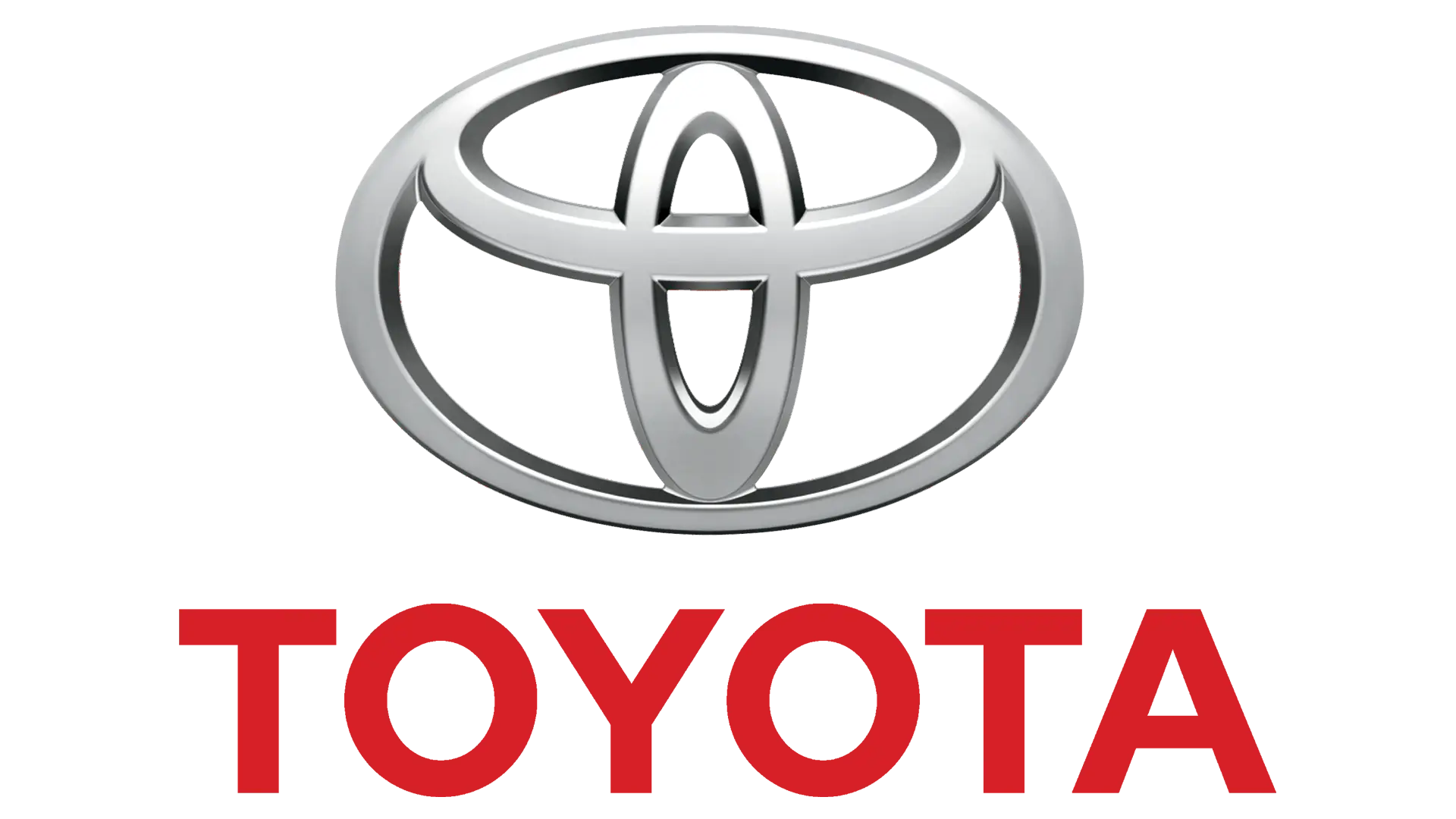Robotics for Ultrasonic Testing
How are robotics used for ultrasonic testing ?
The growth in use of industrial robotics has provided an interesting new approach to solving ultrasonic testing applications. Robotic applications for ultrasonic testing involve the integration of various robotic systems with UT technology to conduct precise inspections, even in the most challenging environments. The ability for robotic platforms to perform remote inspections in hazardous or hard-to-reach areas without putting human inspectors at risk has improved the overall safety of industrial operations, while often providing an additional benefit of decreased inspection times! Compared to traditional manual inspection methods, robotic ultrasonic testing increases speed, improves efficiency, accuracy, and safety, paving the way for more reliable and cost-effective inspection solutions across diverse industries. Overall, robotics and automation technologies will most certainly play a major role in the future of NDT.

Process
The process involves deploying robotic platforms and systems equipped with ultrasonic acquisition systems and transducers to scan assets, collect data on the asset for real-time or later analysis, and generate comprehensive reports. This innovative approach offers enhanced efficiency, accuracy, and safety, particularly in accessing hazardous or inaccessible areas, making it a valuable tool for experts familiar with ultrasonic testing.
It is often the case that these robotic inspections provide a much more robust ultrasonic data set when compared to historic manual approaches. This provides greater information regarding asset integrity via greater data density, with more ultrasonic measurements of the asset than would have been previously achievable.
Applications and industries
In industries faced with hazardous environments, whether confined spaces, caustic chemicals, highly flammable conditions, or a combination of all of these, the ability to deploy a robotic platform rather than a human to perform the inspection brings many advantages. Safety is certainly the primary benefit, but many times these inspections can be performed while the asset is still in operation, eliminating lost revenue due to the need to shut down operations to accommodate traditional human-based inspections.
Autonomous or remotely controlled vehicles equipped with ultrasonic sensors for inspecting large-scale infrastructure like pipelines, storage tanks, bridges, dams, and offshore platforms are another important robotic application for ultrasonic testing. These vehicles can traverse challenging terrains or navigate underwater environments, facilitating inspections in otherwise inaccessible areas.
Robotic crawlers outfitted with ultrasonic probes can navigate along pipelines or vessel walls, systematically scanning for defects and anomalies. Used mostly to inspect the integrity of welds in industrial settings.
Another prominent robotic application for ultrasonic testing involves deploying robotic arms equipped with ultrasonic transducers to conduct thorough inspections of complex structures such as those found in the aerospace industry. These robotic arms can maneuver with precision, ensuring comprehensive coverage and accurate data acquisition, while ensuring repeatability of the inspection.
Finally, collaborative robots (cobots) are increasingly working alongside human operators to streamline inspection processes. These cobots are equipped with ultrasonic probes and advanced sensing technologies, allowing for efficient and ergonomic inspection tasks in manufacturing and assembly lines.
Our solutions
At TPAC, we are already interfacing our ultrasonic acquisition electronics with many different robotic applications, across a wide swath of industries. Our electronics are compact with low power consumption making them very practical to be integrated into a robotic platform.
A UT acquisition system like the ultra-compact Explorer from TPAC, can in many cases be mounted directly on a robotic crawler or robotic arm. Many times, only an ethernet cable is needed to connect the Explorer to your PC to control the inspection. High quality cables, such as fiber ethernet cables, can allow your robotic system to deployed up to 100 meters away! This ability to have the Explorer so close to the actual inspection brings many advantages, for example, in the case of PAUT (phased array ultrasonic testing) applications, you no longer will need long and costly umbilicals with long probe cables. These long cables are detrimental to transmission of a high quality ultrasound signal. Alternately, with the Explorer directly mounted on your crawler you can deploy standard cable length probes at a low cost and providing the highest quality signal with no dispersion or degradation!
If we consider applications utilizing robotic arms, the Explorer or Pilot from TPAC are a great tool to provide you the optimum inspection results. For aerospace applications where you may be facing highly attenuative composite structures, the broad dynamic 27-bit range of the Pilot is perfect for providing valuable A-Scan information that may be lost with other systems. The Explorer or Explorer MAX will allow you to perform high-speed and high-quality PAUT or TFM (Total Focusing Method) techniques, with many available options to manage multiple probes and high channel counts to utilize matrix arrays.
Benefits & Success stories
For the past 6 years, TPAC instruments have been integrated into USL’s automated inspection machines,
increasing capabilities and enhancing precision for critical applications.
While phased array has primarily been integrated on USL machines, in combination with water jets,
contact and immersion coupling methods have also been implemented.
In aerospace, one of the main benefits of TPAC’s phased array instrumentation has been increased throughput, in addition :
- streamlined inspection processes
- accurate defect detection and sizing
- and when combined with their expertly engineered robotic inspection systems, TPAC’s products have added advanced automation possibilities for USL.
TPAC’s instruments on USL machines in R&D labs are propelling pioneering research, refining ultrasonic testing methodologies, and offering comprehensive insights into product quality.
Our enduring partnership is a fusion of expertise and innovation, driving transformative advancements i.n ultrasonic testing and reinforcing excellence in NDT methodologies

















